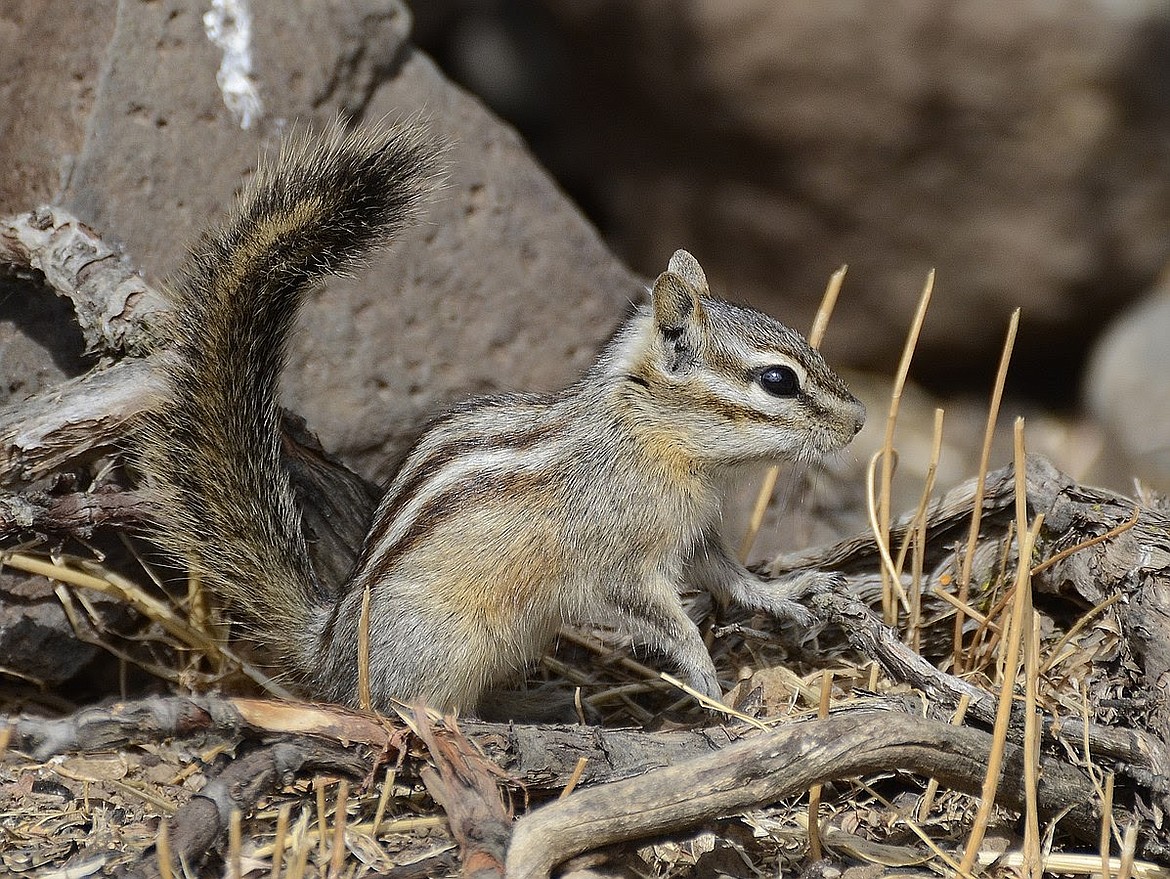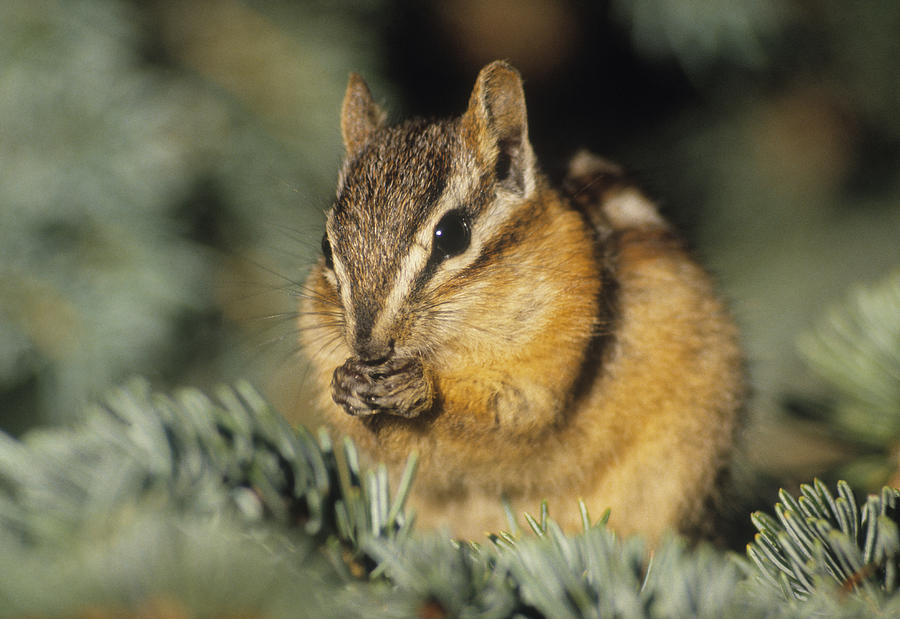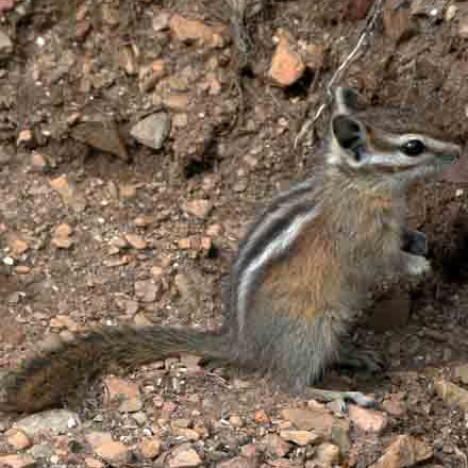

The biggest species is the Eastern chipmunk. A five-ounce animal weighs the same as a baseball used in the major leagues.Īn average-sized chipmunk measuring four inches in length is almost as long as two golf tees lined up end to end.

They weigh anywhere from one to five ounces. These animals can sometimes become quite a pest in the home and need to be removed then.Ī grown chipmunk measures from four to seven inches in length with a tail that adds another three to five inches. Understandably, the less time the animal spends out in the open, the less vulnerable they are to predators. These pouches allow them to take a large supply of food back to their home after spending time foraging in the open. In addition, these animals have pouches in their cheeks that they fill up with nuts, fruit, seeds, and more. This rodent uses its delicate claws to dig holes and climb trees. This animal’s fur can be brown, reddish-brown, or gray depending on what type it is. Also, this species has a light brown stripe near each ear and a dark tail. It has two tiny black eyes and a coat of reddish-brown fur featuring five light brown and dark brown stripes on its back. One of the most recognized species is the Eastern chipmunk. Some of these include:Īppearance and Behavior One of the most recognized species is the Eastern chipmunk. They belong to the Sciuridae family and the Mammalia class. Because all chipmunks are so similar, there is disagreement about whether they should be classified as different genera or just refer to all of them as the same.Ĭhipmunks are sometimes called striped squirrels or timber tigers. This last genus contains 23 different species that live in the western US. Chipmunks can also be classed into three different genera: the eastern chipmunk, the Siberian chipmunk, and the neotamias. This refers to the stripes on an Eastern chipmunk’s back. The scientific name for an Eastern chipmunk is Tamias striatus. Scientific Name The scientific name for an Eastern chipmunk is Tamias striatus. They get their name from the “chip chip” sound they make while eating. The name Chipmunk is derived from their behavior to wake up to eat stored food. See all of our entertaining and insightful animal articles. What Do Sandhill Cranes Eat? Their Diet Explained.


YELLOW PINE CHIPMUNK HOW TO
Chipmunk Droppings: How To Tell If You’re Looking At Chipmunk Poop.Chipmunk Holes: How To Identify & Fill Chipmunk Burrows.Squirrel Teeth: Everything You Need to Know.Chipmunk vs Squirrel: 7 Main Differences Explained.The only species of Chipmunks that isn’t native to North America is the Siberian chipmunk as indicated by its name. Scientists think they probably evolved their stripes independently from rats and mice. They live in tunnel systems measuring up to 30 feet in lengthĬhipmunks are a part of the squirrel family and actually split off from rats and mice close to 70 million years ago.A chipmunk baby is the size of a jellybean.This animal remains in its burrow over the winter.While foraging during the day, this rodent stuffs food into pouches in its cheeks.5 Incredible Chipmunk Facts! Chipmunks live in tunnel systems measuring up to 30 feet in length. They have a lifespan of two to three years. Chipmunks have a collection of chirps and other sounds they use to communicate with one another. They are omnivores eating a variety of plants and small animals. This rodent is the tiniest member of the squirrel family! “One chipmunk can collect 165 acorns per day.”Ĭhipmunks are small mammals that live in burrows, fallen logs, or holes under houses. They climb trees and live in forest habitats. Most chipmunks live in North America, with one exception.Chipmunks are omnivores with a diet that includes seeds, fruit, bird eggs, nuts, and insects.Chipmunks are the smallest member of the squirrel family.


 0 kommentar(er)
0 kommentar(er)
